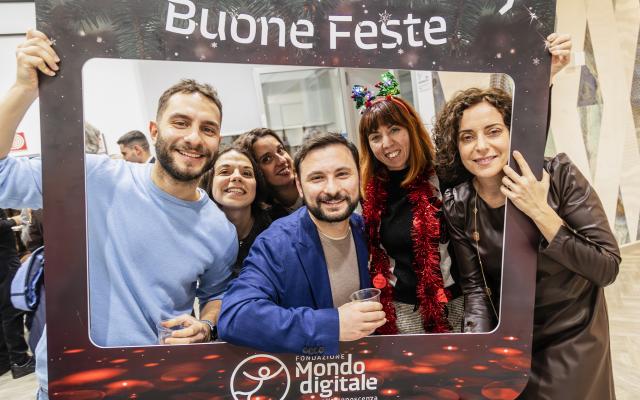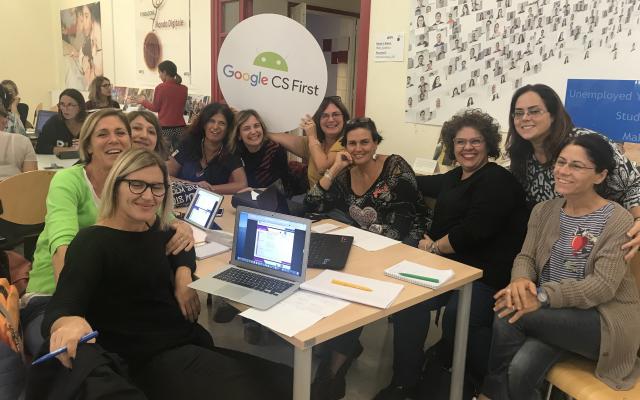CS First applications in didactic activities
Massimiliano Scopelliti teaches mathematics and science at the Istituto comprensivo Giovanni XXIII, a school providing a music programme, in Paceco, Trapani. The school, which is directed by Barbara Mineo, participated in Project CS First both in the teacher training programme and involving the participating class in the development of a project. In this interview with Onelia Onorati, the professor presents his experience with the CS First Platform.
What was your approach to the CS First Project?
I arrived at this school four years ago and immediately came into contact with Project CS First. My first impression was that it was an interesting platform both for teachers and students. Activities are proposed in a ludic form that is very enticing.
What is the strong point of the platform?
I believe the interoperability between the platform and the Google workspace classroom application is important. It allows activities to be assigned and the work to be monitored directly on the platform for each class.
What was the reaction of your students?
The platform attracts students, even those with learning issues. I would like to develop some increasingly ambitious projects, as the students have just come out of a period in which interesting content has been sacrificed because of the pandemic and in favour of content considered “necessary.” CS First has a lot of benefits including the fact that it stimulates learning and promotes group work. The computer lab context, for example, allows students to be divided into groups to work on the exchange of ideas.
What type of applications have you tested?
Thanks to block coding, students developed polygons, progressively working on their computational thinking. In another case, I assigned short storytelling activities to present scientific laws. This year, I would like to experiment with foreign language teaching. I must say that all subjects could benefit from using a platform like CS First as it is extremely easy to use, from humanities to arts to scientific subjects.




